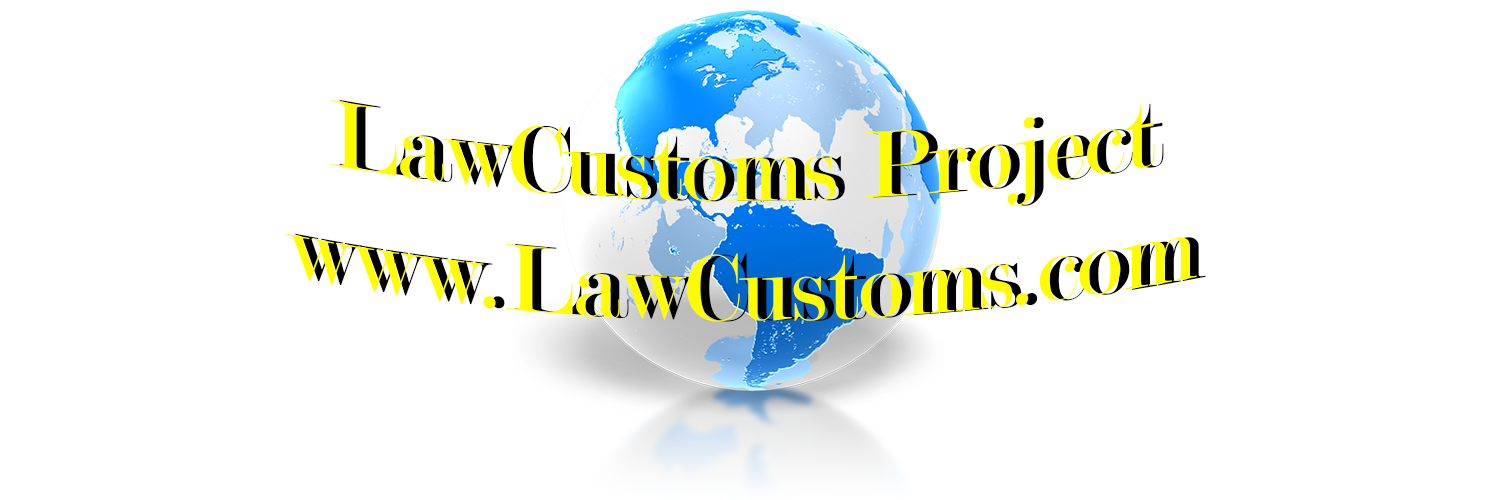On January 28, 2010 attorneys from Grunfeld, Desiderio, Lebowitz, Silverman & Klestadt LLP (GDLSK), Alan R. Klestadt (aklestadt@gdlsk.com) and Frances P. Hadfield (fhadfield@gdlsk.com) issued a flyer called “Product Safety Duty Refund Opportunity.” The gist of the flyer was the Volkswagen v. US, CIT 2009 case, its related CAFC opinion, and its application to Consumer Product Safety Improvement Act of 2008 (CPSIA). I would normally scan through the flyer just as many others, dismissing it into the vacuum of potentially useful, but immediately irrelevant information, if it was not for interesting foresight suggested by folks at GDLSK and my utmost respect for the firm (GDLSK was the first firm in New York to organize a discussion forum, at Fashion Institute of Technology, addressing regulatory concerns under CPSIA). The timing of the flyer, surprisingly coincided with much publicized Toyota recall.
Much appreciated foresight came in the form of structural changes recognition that are taking place in regulatory sector of international trade. With GATT and WTO tariff reductions, regulatory focus is increasingly shifting to “non-traditional” barriers. One such barrier, formally recognized under WTO (in large part owing to the US lobby) are antidumping duties. Another, duly noted by GDLSK, is the focus on product safety. Those folks that make their living in the field of international trade regulatory compliance, must develop and become competent in product safety and antidumping / countervailing duties in order to maintain a competitive edge (in addition to common knowledge of CBP regulations and somewhat specific FDA, USDA, DEA, BIS and other 3-letter agencies).
Court of International Trade (CIT) held in Volkswagen that warranty repairs made in response to government-mandated safety recalls qualify for 19 CFR §158.12 allowance. Furthermore, CIT created a importer friendly rebuttable presumption for government mandated safety recalls, where burden of proof shifts to the government to prove that defects did not exist at the time of importation (“very nature of a government mandated safety recall established the high likelihood that any defects repaired pursuant to the recall existed at the time of importation”). In light of CIT and CAFC opinions, the importer is entitled to 19 CFR §158.12 allowance for the cost of repairs if (1) it is government-mandated safety recall, and (2) repairs are made prior to protest of liquidated duties. If the recall is not government-mandated, such as in the case of current Toyota recall, importer faces a higher burden (unless Saab’s “proximity of the port repairs to the time of importation is established”) of proving that defect existed, more likely than not, at the time of importation and not due to damage occurring after importation (mere evidence of warranty agreement is insufficient). To reach that end, importer would probably need to persuade the court that damage after importation was not likely to occur, or in other words, prove the negative (which have always been a more difficult task).
Returning to Volkswagen application to CPSIA, importer must establish that (1) it is government-mandated safety recall, and (2) repairs are made prior to protest of liquidated duties. Quick review of CPSC recalls for January 2010 reveals that predominant majority of goods are recalled due to laceration, fire, fall and lead/chemical exposure hazard. I invite readers to prove me wrong, but with possible exception of the fall hazard, it is not economically feasible to perform repairs of conceivably defective product. From liability and financial point of view, the disposal of the product, or exportation thereof if permitted, seems to be better alternative. Therefore, depending on the volume and cost, duty drawback with much more favorable 3 year period, not Volkswagen’s allowance presents a more appealing alternative.
The flyer also implicitly touched a more sensitive question of CPSIA benefit distribution. Who, in regulatory compliance sector is the primary beneficiary of the CPSIA (as in the form of consulting fees)? While this is still a developing topic, one may take a look at the ever growing list of Accredited Testing Laboratories for such answer.
I was unable to locate the flyer on GDLSK website, nor can I reproduce one on this blog due to copyright issues. I am certain if readers would contact above mentioned attorneys, they would gladly provide you with a copy.
